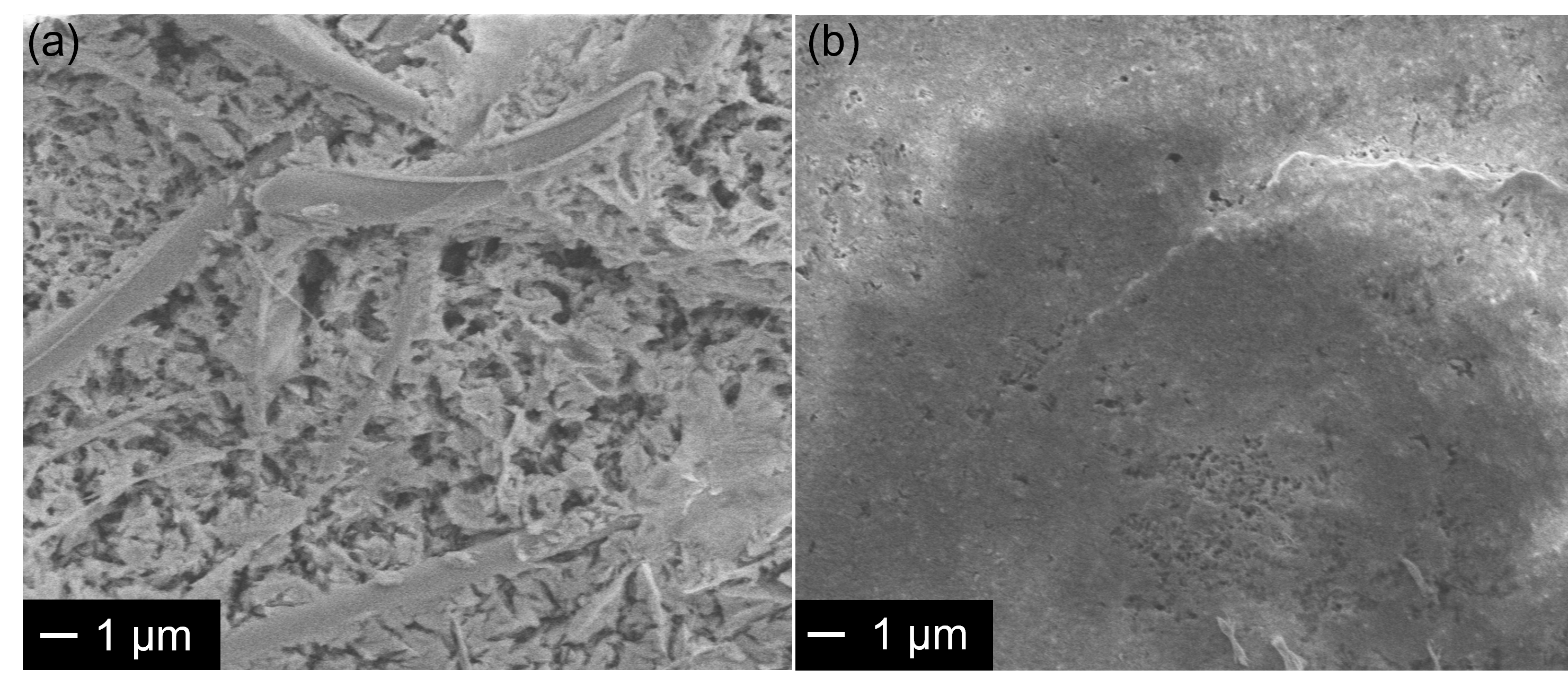In recent years, the demand for sustainable and low-cost energy storage solutions has increased significantly, leading to the development of advanced energy storage technologies. Lithium-ion batteries (LIBs) are the widely used type of rechargeable battery owing to their high energy and power density, long cycle life, and low self-discharge rate. However, the limited availability and high cost of lithium make the widespread deployment of LIBs extremely challenging for large-scale energy storage systems. This has led to an increased interest in the development of alternative battery chemistries, such as zinc-ion batteries (ZIBs). ZIBs are a promising alternative to LIBs because of their nontoxicity, anti-flammable property, high abundance, environmental friendliness, and low cost. Interestingly, ZIBs use water-based electrolytes which make ZIB safe for long-term and real-world practical applications. Unfortunately, zinc ions in contact with water result in alkaline media (OH
-) and hydrogen evolution that induces dendrite growth, low coulombic efficiency, and poor battery life. Therefore, several strategies have been proposed to improve the durability of ZIB by creating a protective layer on electrode, which can inhibit the water interaction on surface of electrode without compromising the zinc ions transport. Among them, recent popular approaches include electrolyte formulations and additives in electrolyte formulations. Although the protective layer can prevent corrosion to a certain extent, the battery must cycle for long hours to produce this layer. Additionally, this layer suffers from cracking issues during cycling which calls for better techniques to limit the hydrogen generation for an efficient and high-performance ZIB.
Zinc carbonate (ZnCO3) is a corrosion inhibitor compound which reduces the water interaction and prevents hydrogen generation. Therefore, we propose the use of a carbonate-based additive in zinc trifluoromethanesulfonate (ZnOTF)2 electrolyte. The resultant mixture precipitates on electrode surface without any harsh cycling, as shown in Figure 1. The electrochemical impedance spectroscopy (EIS) data shows the reduced impedance for carbonate-based additive added electrolyte compared to that without additive. We selected 0.5M K2CO3 as the optimized additive concentration. The resulting layer formed on the electrode can inhibit corrosion and side reactions and lead to long battery life and high coulombic efficiency. The carbonate based protective layer is further characterized using X-ray diffraction, fourier-transform infrared spectroscopy, and transmission electron microscopy to understand its physiochemical properties for understanding its chemistry behind inhibiting hydrogen evolution.
Overall, the carbonate protected ZIB is developed without any cycling which offers an improved capacity, long life, and high columbic efficiency. The results from this study will contribute to alternative battery chemistries and offer a cost-efficient solution for large-scale energy storage systems.


